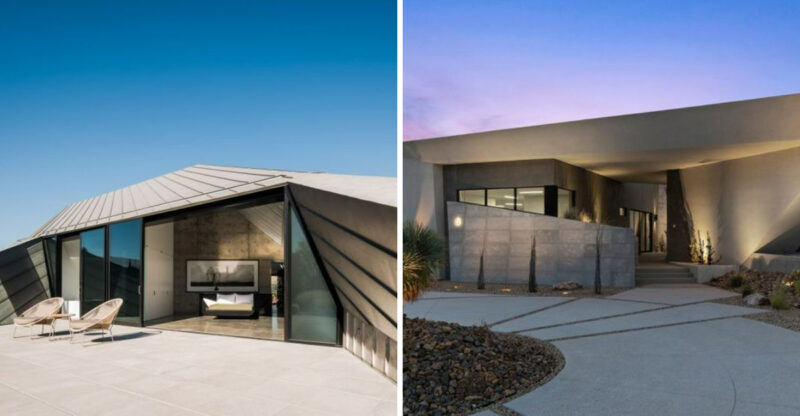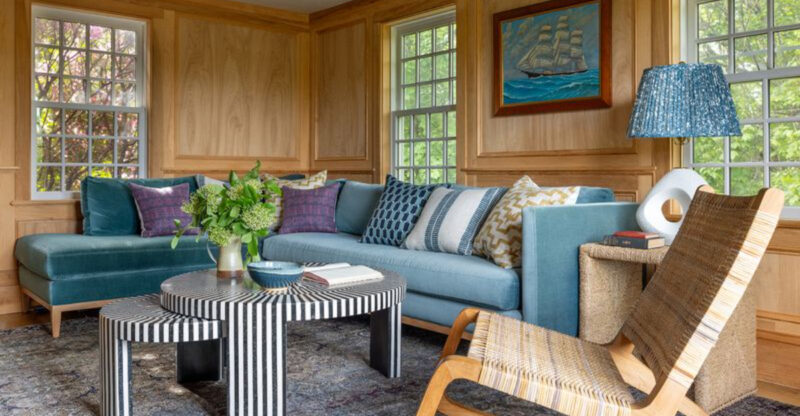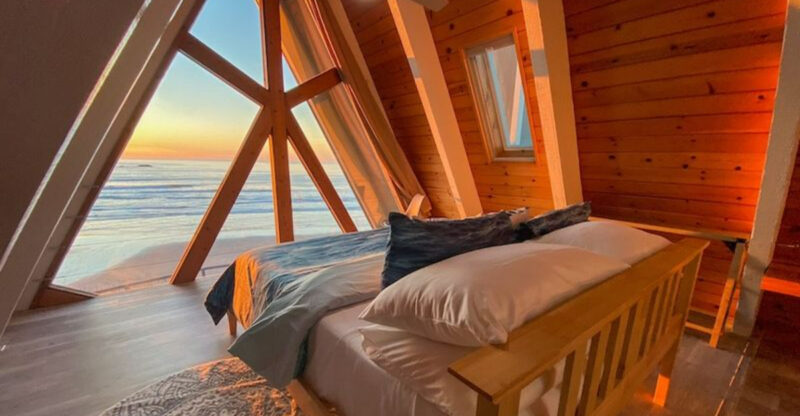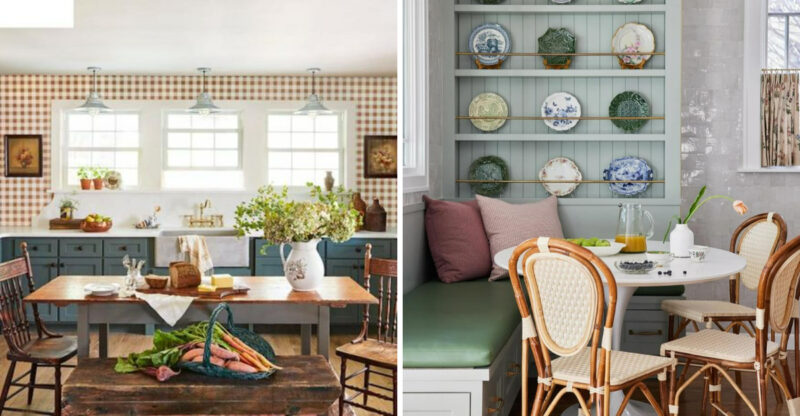22 Of The Grandest Mansions Built By Vanderbilt Family Members Over The Years
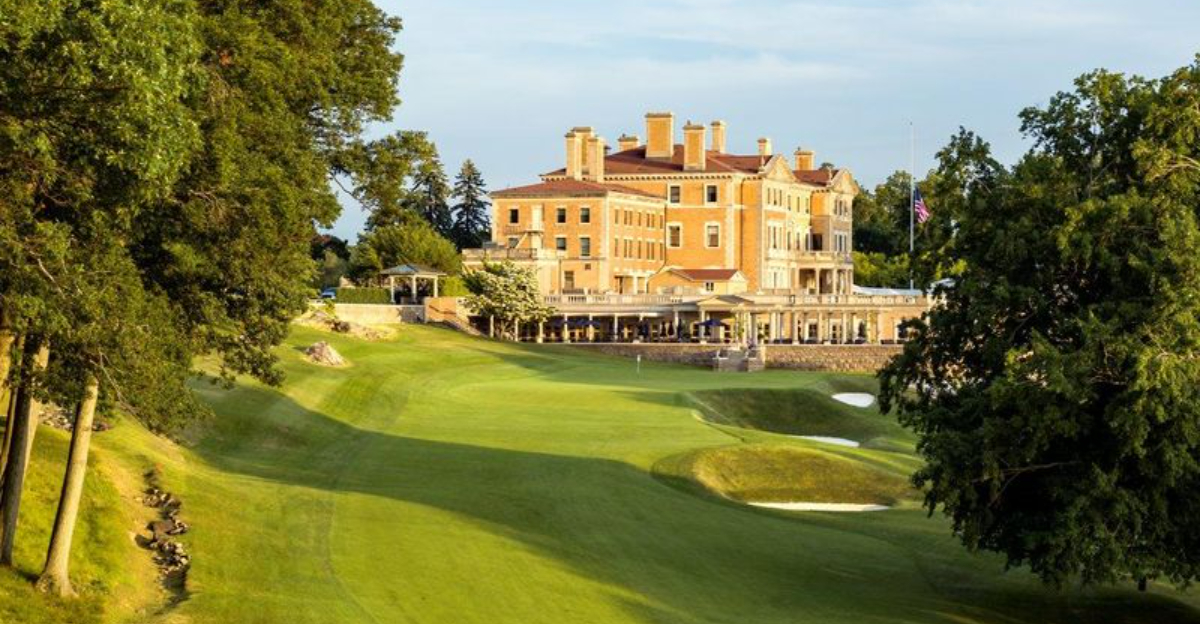
The Vanderbilt family, once America’s wealthiest dynasty, used their railroad fortune to construct some of the most magnificent homes ever built in the United States.
From sprawling summer cottages in Newport to urban palaces in New York City, these architectural masterpieces showcased the family’s immense wealth and refined taste. Each mansion tells a story of American ambition, European influence, and the golden age of luxury living.
1. The Breakers, Newport, Rhode Island
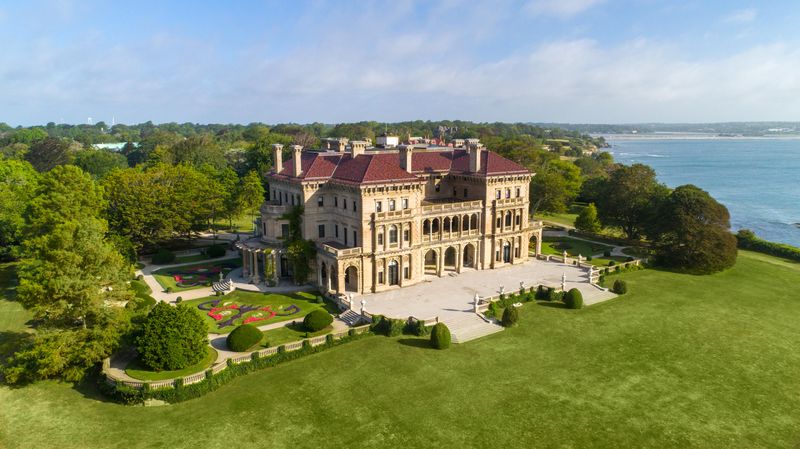
Opulence reaches its pinnacle in this Italian Renaissance-style summer retreat. The Breakers, commissioned by Cornelius Vanderbilt II in 1893, spans 70 rooms across 125,000 square feet.
Marble imported from Africa and Europe adorns the grand halls, while gold leaf detailing shimmers throughout. Today, this National Historic Landmark welcomes over 400,000 visitors annually who marvel at its grandeur.
2. Biltmore Estate, Asheville, North Carolina

America’s largest privately-owned home still captivates visitors with its sheer magnitude. George Washington Vanderbilt II created this French Renaissance château in the Blue Ridge Mountains.
Biltmore boasts 250 rooms, including 35 bedrooms and 43 bathrooms. The estate encompasses 8,000 acres with formal gardens designed by Frederick Law Olmsted, the mastermind behind Central Park.
3. Marble House, Newport, Rhode Island
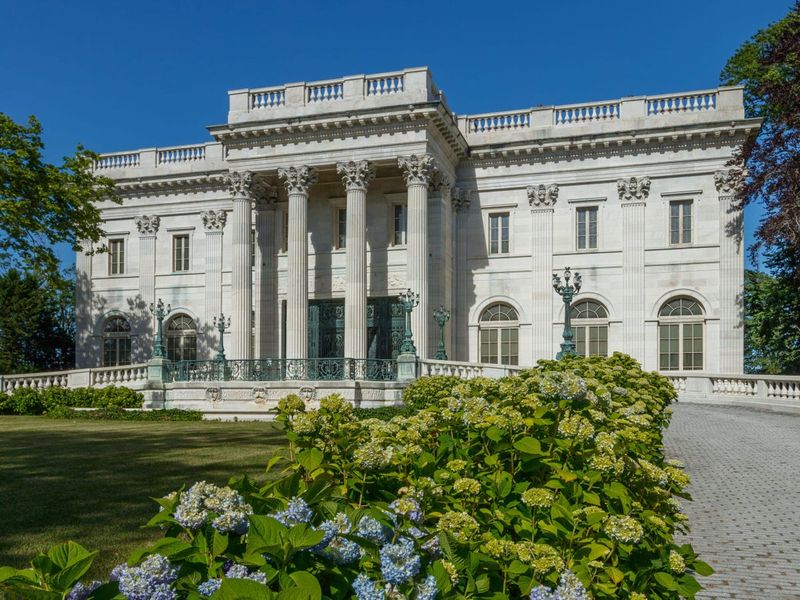
Gleaming white facades make this architectural gem instantly recognizable along Newport’s famed Cliff Walk. William K. Vanderbilt’s $11 million gift to his wife Alva in 1892 (equivalent to $330 million today) showcased their status.
Marble House required 500,000 cubic feet of marble. Its Gold Room dazzles with 22-karat gold leaf covering every surface, inspired by the Hall of Mirrors at Versailles.
4. Rough Point, Newport, Rhode Island
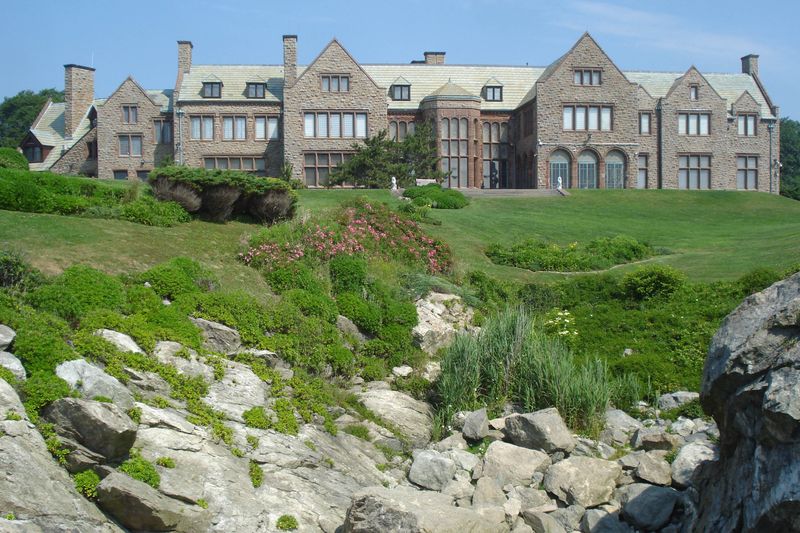
Rugged coastline views distinguish this English manor-style residence from other Newport cottages. The heiress Doris Duke, daughter of James Buchanan Duke, spent summers here until her death in 1993.
Rough Point houses an impressive collection of European art and antiques. Its seaside gardens withstand harsh Atlantic winds, creating a uniquely wild landscape compared to other manicured Vanderbilt estates.
5. The Vanderbilt Mansion, Hyde Park, New York
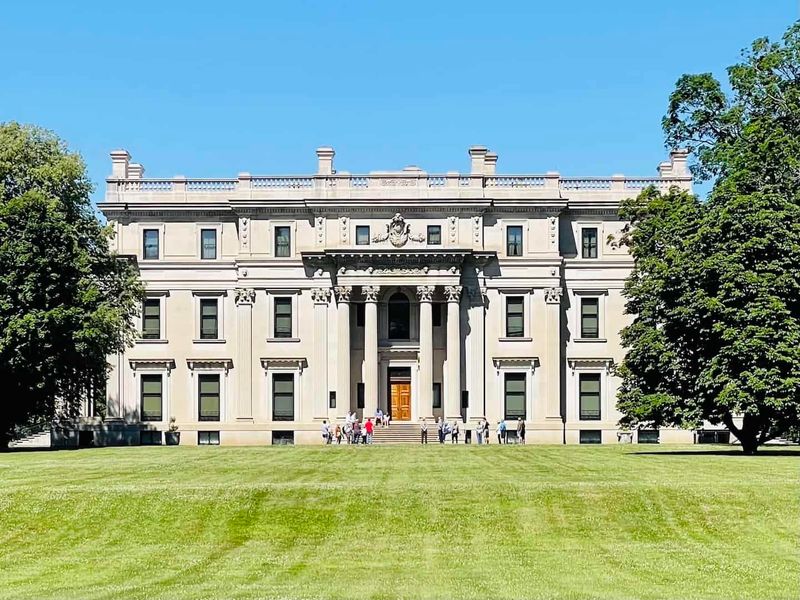
Nestled along the Hudson River sits an architectural statement of Beaux-Arts design. Frederick William Vanderbilt acquired this country estate in 1895, transforming it into a weekend retreat from city life.
The mansion features 54 rooms across 44,000 square feet. Its perfectly preserved period rooms showcase original furnishings and decor, offering visitors a genuine glimpse into the Gilded Age lifestyle that defined America’s industrial elite.
6. Florham, Madison, New Jersey
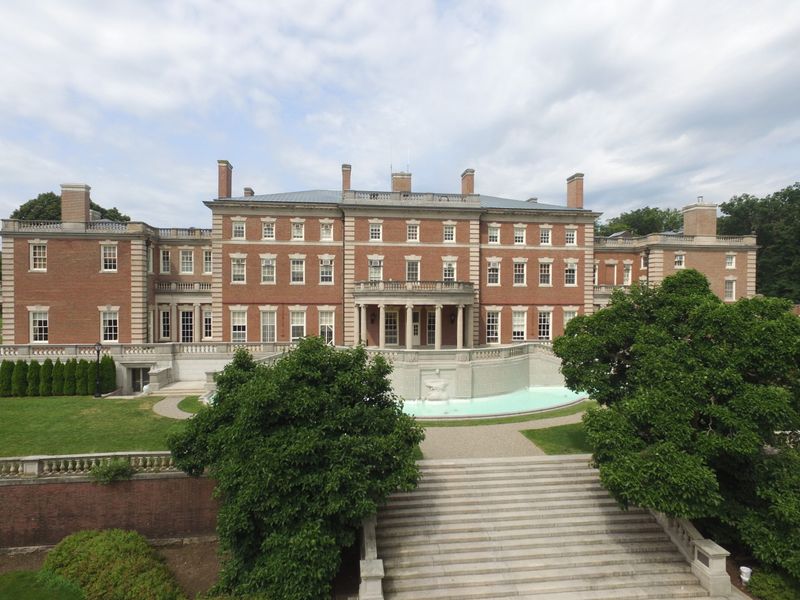
Georgian-style elegance defines this country estate built for Florence Vanderbilt and her husband Hamilton McKown Twombly. The name cleverly combines their first names – “Flor” from Florence and “ham” from Hamilton.
Florham’s 100 rooms sprawled across a 1,200-acre estate. Today, the mansion serves as the centerpiece of Fairleigh Dickinson University’s campus, with its grand halls repurposed as administrative offices and classrooms.
7. Shelburne Farms, Shelburne, Vermont
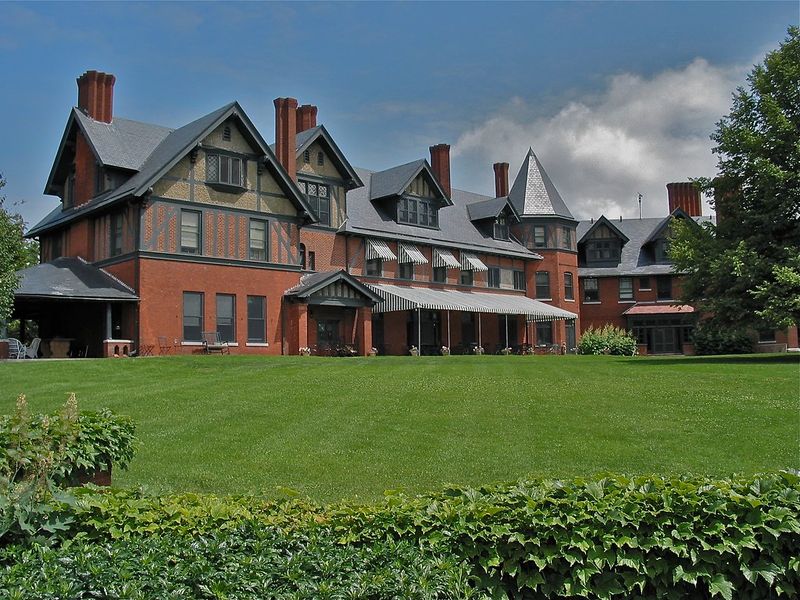
Agricultural innovation meets architectural splendor on the shores of Lake Champlain. William Seward Webb and Lila Vanderbilt Webb established this 3,800-acre model farm in 1886. The main house, designed by architect Robert H. Robertson, blends Queen Anne and Shingle styles.
Today, Shelburne Farms operates as a nonprofit environmental education center and sustainable working farm, producing award-winning artisanal cheeses.
8. Idle Hour, Oakdale, New York

Waterfront majesty once stood as the largest private residence in Long Island. William K. Vanderbilt constructed this English-style country estate along the Connetquot River as a hunting and fishing retreat.
Idle Hour featured 110 rooms before burning down in 1899. Rebuilt in 1901, it later became the campus for Dowling College. Though the institution closed in 2016, preservation efforts continue to save this historic landmark.
9. Eagle’s Nest, Centerport, New York
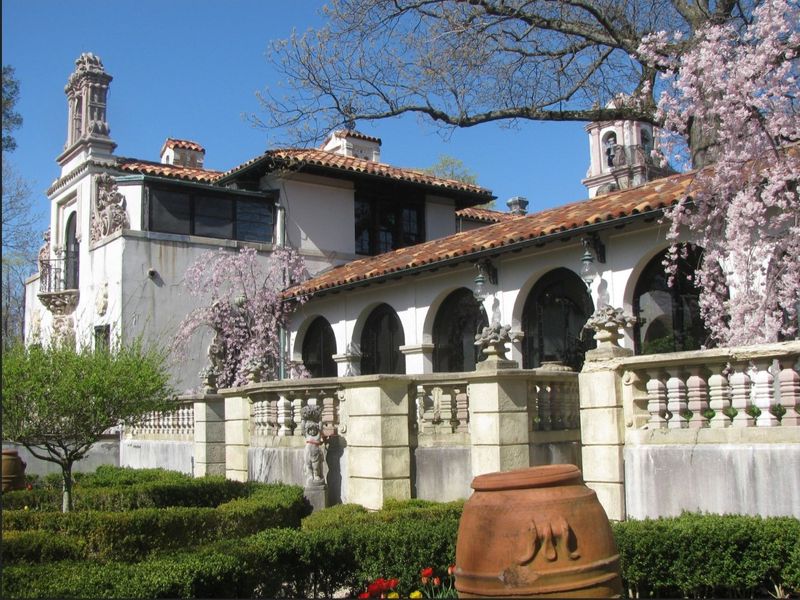
Spanish Revival architecture distinguishes this Mediterranean-inspired estate overlooking Northport Harbor. William K. Vanderbilt II, an avid sailor and marine life enthusiast, built his summer residence here in 1910.
Eagle’s Nest houses a remarkable marine museum with specimens collected during Vanderbilt’s global expeditions. The property now operates as the Vanderbilt Museum and Planetarium, educating visitors about natural history, maritime adventures, and astronomy.
10. 640 Fifth Avenue, New York City
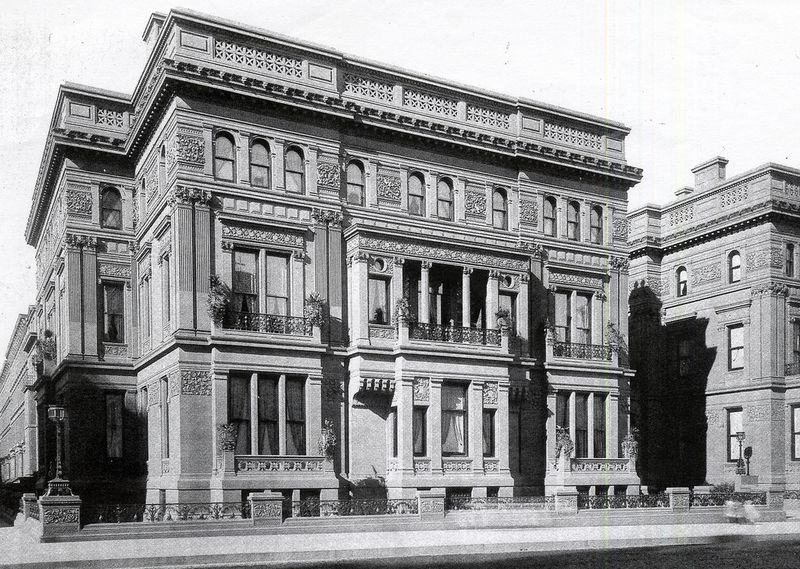
Urban grandeur reached new heights in this Manhattan palace designed for William Henry Vanderbilt. Completed in 1882, the triple brownstone mansion occupied the entire block between 51st and 52nd Streets.
The interior featured a two-story art gallery housing Vanderbilt’s renowned collection. Though demolished in 1926 to make way for commercial development, photographs reveal its lavish interiors with hand-carved woodwork and elaborate ceiling murals.
11. Petit Chateau, New York City
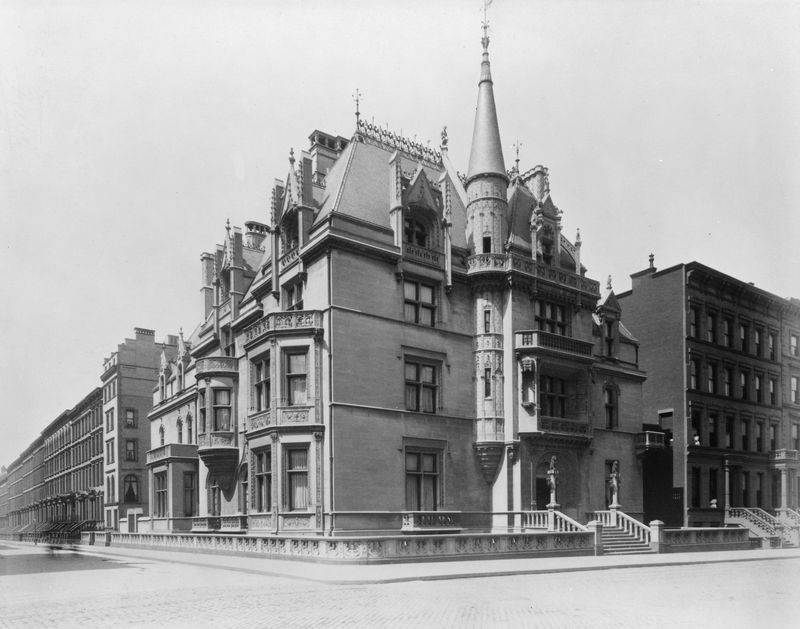
French Gothic splendor once graced Fifth Avenue at 52nd Street. Alva Vanderbilt commissioned architect Richard Morris Hunt to design this limestone masterpiece, completed in 1883.
The Petit Chateau featured an impressive medieval-style banquet hall where Alva hosted her famous costume ball of 1883. This lavish event, costing $3 million in today’s dollars, firmly established the Vanderbilts in New York society.
12. Woodlea, Scarborough, New York
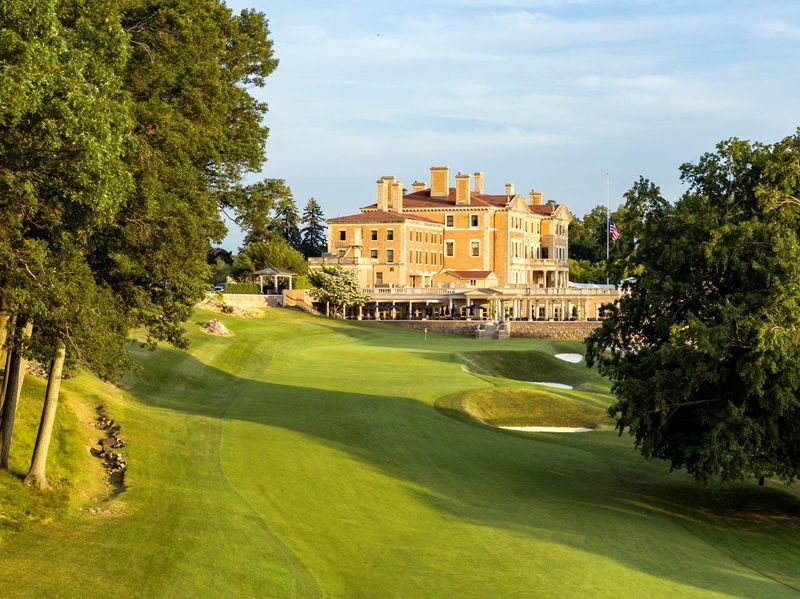
Tucked away in New York’s Hudson Valley stands a Tudor-style country estate that rivals European castles. Margaret Louisa Vanderbilt and her husband Elliott Fitch Shepard built this 140-room mansion in 1892.
Woodlea cost $2 million (approximately $58 million today). Since 1910, it has served as the clubhouse for the prestigious Sleepy Hollow Country Club, with its original architectural features remarkably preserved despite conversion to recreational use.
13. Vanderbilt Hotel, New York City

Luxury hospitality reached new heights when Alfred Gwynne Vanderbilt opened this prestigious establishment in 1912. Located at 4 Park Avenue, it featured the city’s first indoor swimming pool in a hotel.
The Vanderbilt Hotel became known for its refined restaurant and exclusive clientele. Though Alfred never saw its completion – he perished aboard the Lusitania in 1915 – his legacy of sophisticated urban living continued through this pioneering hospitality venture.
14. Oakland Farm, Portsmouth, Rhode Island

Equestrian paradise stretched across 222 acres overlooking Narragansett Bay. Alfred Gwynne Vanderbilt, a renowned horseman, established this country estate primarily for breeding and training thoroughbred horses.
Oakland Farm housed a mile-long training track and luxurious stables. The main residence featured 14 bedrooms, a grand ballroom, and servants’ quarters. Though demolished in the 1960s, it once rivaled Newport’s grandest summer cottages.
15. Hyde Park, Hyde Park, New York
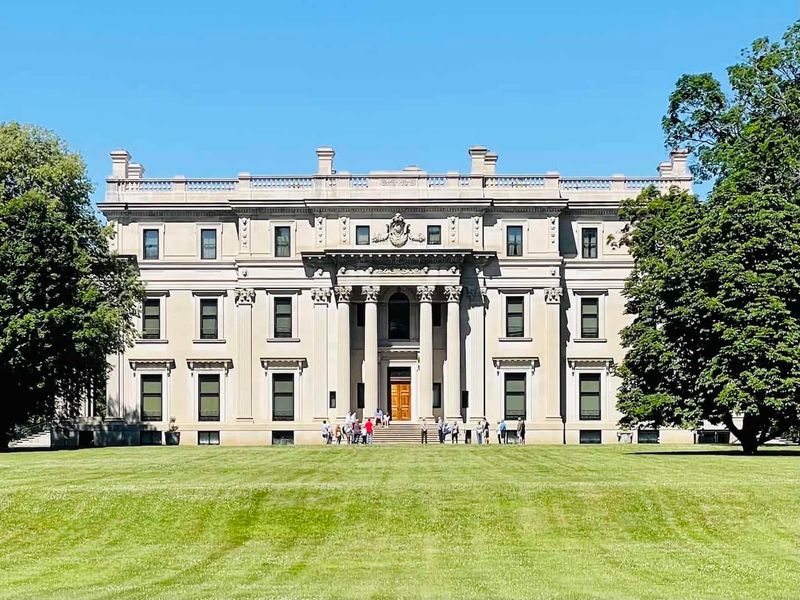
Neoclassical elegance defines this estate built by Frederick William Vanderbilt as his country retreat. Completed in 1899, the limestone mansion showcases perfect symmetry with its columned portico and formal gardens.
Hyde Park features exceptional Beaux-Arts interiors designed by prestigious firms including Ogden Codman. The National Park Service now maintains the property, preserving its period rooms exactly as they appeared during the Vanderbilts’ residency.
16. Elm Court, Lenox, Massachusetts

Berkshire Mountains provide a picturesque backdrop for America’s largest Shingle Style home. William Douglas Sloane and Emily Vanderbilt built this summer retreat in 1886, naming it for the magnificent elm trees on the property.
Elm Court spans 55,000 square feet with 106 rooms. After years of abandonment, it underwent restoration and briefly operated as a luxury inn. Recent plans call for converting this Gilded Age treasure into a high-end resort.
17. Gwynne Building, Cincinnati, Ohio
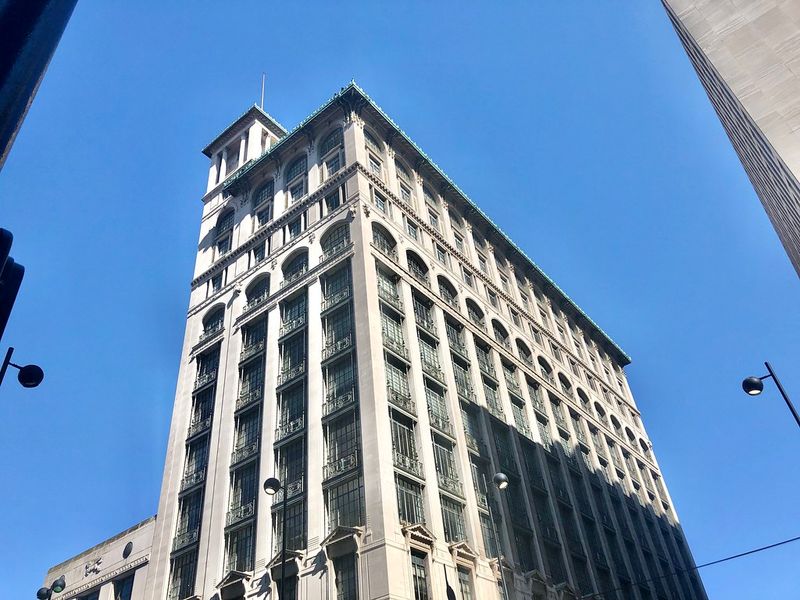
Commercial elegance reached the Midwest through this impressive skyscraper. Alice Gwynne Vanderbilt commissioned the 18-story building in 1913 to honor her Cincinnati roots and expand the family’s business interests beyond the East Coast.
The Gwynne Building featured terra cotta ornamentation and a distinctive copper roof. Still standing today at the corner of Main and Sixth Streets, it represents a rare example of Vanderbilt architecture in the American heartland.
18. The Reef, Newport, Rhode Island
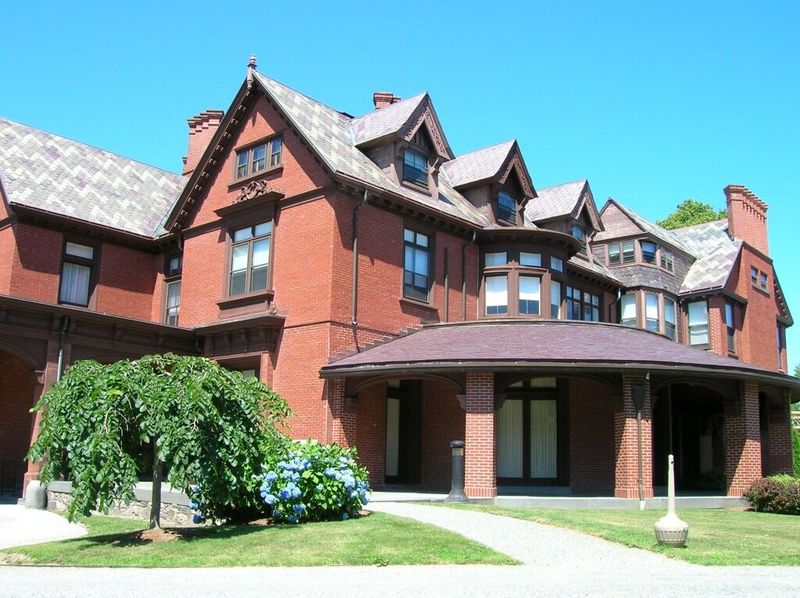
Coastal tranquility defines this understated Newport cottage compared to its grander neighbors. Theodore M. Davis, a friend of the Vanderbilts, built this home in 1885 before it was acquired by Anna Vanderbilt. The Reef showcases Colonial Revival architecture with sweeping ocean views.
Located on Ocean Avenue, it provides a more intimate glimpse into Newport summer living. Today, it operates as part of Salve Regina University’s campus.
19. Sonogee, Bar Harbor, Maine
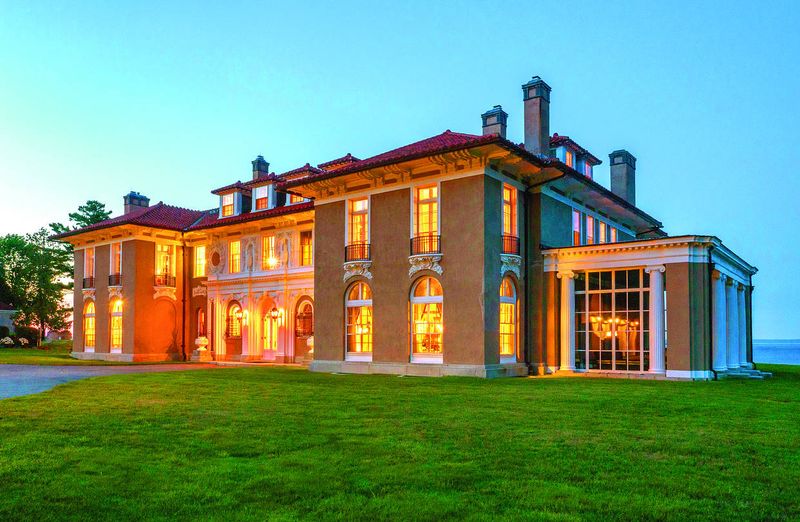
Summer breezes from Frenchman Bay cooled this magnificent retreat in Maine’s premier resort community. Edith Shepard Fabbri, granddaughter of William H. Vanderbilt, built this Colonial Revival mansion in 1903. Sonogee means “home of chiefs” in the local Abenaki language.
The 40-room summer cottage featured spectacular gardens and water views. Though later converted to a nursing home, it retained many original architectural details until its unfortunate demolition in 2018.
20. Harbor Hill, Roslyn, New York

Commanding views of Long Island Sound attracted Clarence Mackay and his wife, Katherine Duer Mackay (cousin to the Vanderbilts), to build this magnificent estate. Completed in 1902, the Beaux-Arts mansion cost $6 million (approximately $187 million today).
Harbor Hill’s 160 rooms included a 2,000-volume library and a 30-car garage. Financial hardships following the 1929 crash forced its sale, and sadly, the mansion was demolished in 1947 despite preservation efforts.
21. Miramar, Newport, Rhode Island

French classical design meets oceanfront splendor in this magnificent Newport estate. George D. Widener commissioned the mansion in 1914, but tragically perished on the Titanic before seeing its completion.
His widow Eleanor Elkins Widener, connected to the Vanderbilts through marriage, oversaw construction. Miramar boasts 27 rooms with eight acres of gardens extending to the sea. Recently sold for $27 million, it remains one of Newport’s most prestigious private residences.
22. Biltmore Farms, Asheville, North Carolina
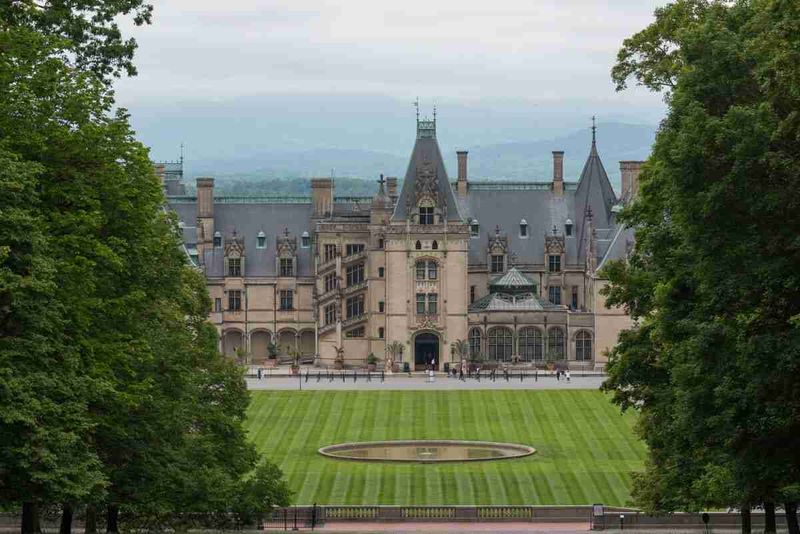
Agricultural innovation extended beyond the main Biltmore Estate through this pioneering farming operation. George Vanderbilt established Biltmore Farms in the 1890s as a model of scientific agriculture and dairy production.
The complex included state-of-the-art barns, creameries, and worker housing. Biltmore Jersey cattle became renowned nationwide. Today, while the original farm buildings have evolved, the Biltmore name continues through a real estate development company founded by Vanderbilt descendants.


